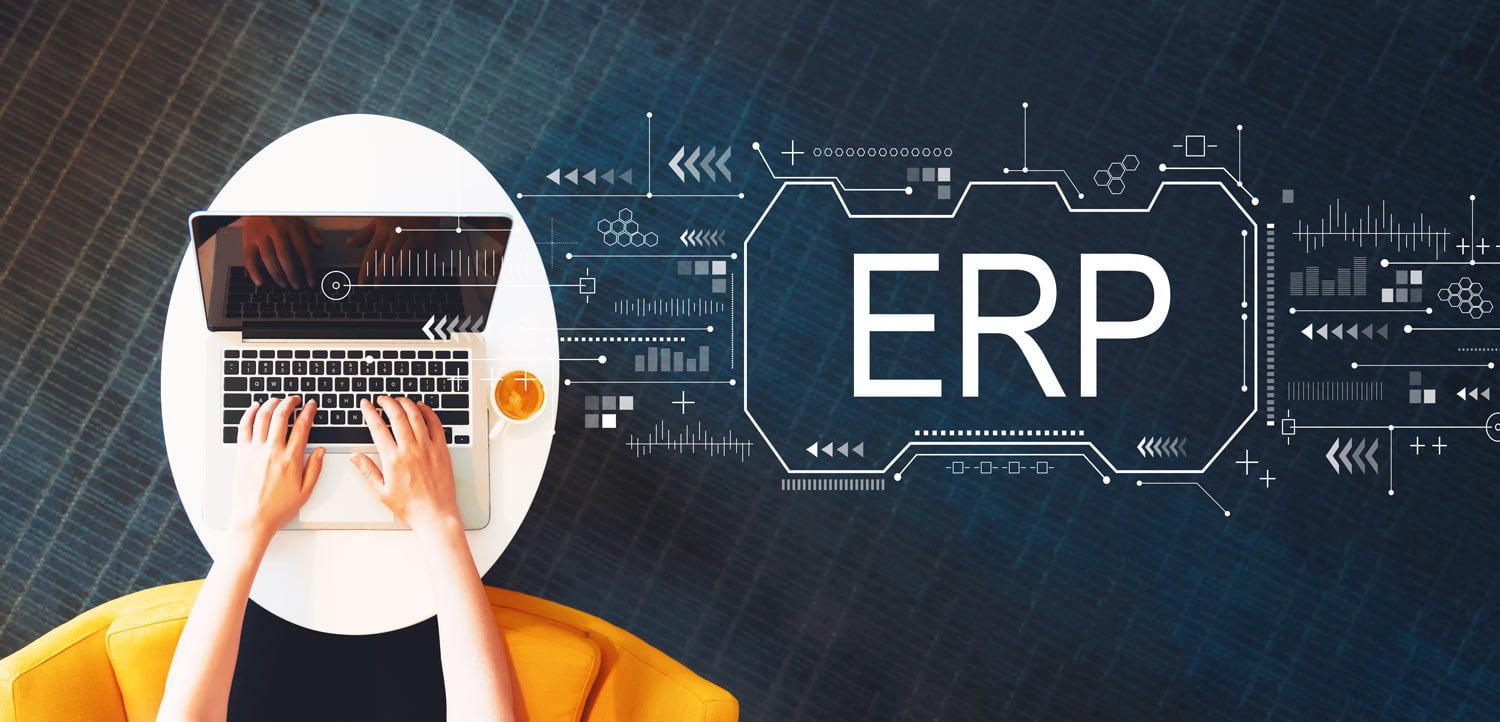All-in-one ERP systems provide broad capability in a single solution. Key functionalities don’t require third-party integration. These robust platforms benefit many enterprises even if they only need some capabilities. Why implement more than you need? No one said you had to start immediately. These modular systems let you add features over time.
What features do all-in-one solutions offer? Here are five elements frequently found in a single, integrated ERP software for aviation industry. (this list is by no means exhaustive).
5 End-to-End ERP Features to Look for
BI
Many ERP systems have superior business intelligence for data management. These technologies display real-time data in interactive charts and dashboards to discover trends and make predictions.
ERP business intelligence shows you operational, financial, and business data. You may use this data with a few clicks to create reports, projections, and business decisions. If the platform you’re considering has BI capabilities, your data may become isolated and underutilized.
Accounting Software
Some ERP tools are optional or best for specific businesses. Finance is more universal.
These technologies help automate accounting teamwork. ERP lets you:
- Manage assets
- Income-tracking
- Spend wiser
- Growth planning
- Make financial reports
Online Sales Tools
ERP software helps organizations identify and connect with prospects and quickly close deals. Before a transaction, users can evaluate historical data and recognize client tendencies. Together with marketing, they can create campaigns for these buyers.
Some ERP systems incorporate POS functionality for online and in-person checkouts. Many online systems include order processing and customer support for eCommerce.
CRM
A CRM system helps your sales team organize past, present, and future deals. When CRM functionality is native to an ERP system, benefits include:
- Better prospecting
- Customer information management costs drop
- Upselling
Logistics
Modern ERP began in the 1960s. Manufacturers were early adopters. Early inventory and order management software was employed. Decades later, you can find these functions in end-to-end ERP solutions and standalone ones.
Before selecting an ERP, list your supply chain must-haves. Examples:
- Purchasing
- Demand-planning
- Executing supply chain plans
- Stocking
- Predicting sales
- Managing vendors and supplies
- Logistics
- Managing approvals
- Tracking orders live
Aviation ERP
As a highly regulated industry, aviation requires tremendous precision. With increased competitiveness, aviation players must be ready with multiple data at any moment. They must track inventory, client data, preferences, refund details, transactions, etc., and ensure regulatory compliance.
Aviation must streamline operations to save operational costs. Reduced operating expenses will lower airfare, benefiting customers. ERP integrates EAI and quality in developing aviation sectors. ERP allows effective management control over industrial and financial activities, which the aviation industry needs to improve operational efficiency.
Many software solutions automate activities and reduce overhead costs. Reduced AOG increases earnings. ERP benefits for aviation include:
Automation
ERP for aircraft reduces redundancy and irrelevant work, boosting productivity. Advantages of automating aviation ERP processes.
- ERP controls maintenance, operation, and cost through a single unified system.
- ERP helps with mission configuration modifications and maintenance suggestions.
- Ensures fleet reliability and airworthiness.
- ERP for aviation business checks inventory levels and optimizes procurement.
- ERP is mobile-friendly so that users can access it on the go.
Better departmental oversight
Labor costs, material costs, operations management, etc., must be carefully monitored to avoid spiraling out of control. A detailed view of every department’s operations is needed. Across-department unified information helps with decision-making. ERP benefits aviation include:
- ERP for aviation provides a holistic view of operations across departments, allowing irregularities to be rapidly fixed.
- ERP is dynamic and compatible with portable devices, allowing for flexibility and access from anywhere.
Multiple-currency accounting
Global aviation uses several currencies. All companies can’t afford currency plugins. ERP records multi-currency transactions, allowing worldwide transactions on the go. Multi-currency accounting benefits aviation:
- ERP simplifies foreign currency cash flow.
- Foreign and domestic accounts can be consolidated.
- ERP reduces the risk of losses owing to timing differences in foreign currency movements.
- It prevents the opening of overseas bank accounts.
- One software allows global transactions.
Data Security
The data in Data Security ERP is secure. Permission-based user levels can display personal info. ERP for aircraft improves data security. Standard data storage formats and exchange methods ensure interoperability. Data security maintenance is easy. ERP’s data protection infrastructure is unified. Relative changes help the aerospace sector spot risks. This fast-paced, highly-regulated industry needs an all-in-one solution. ERP streamlines aviation sector activities by maintaining cost, quality, and profitability.
Conclusion
The airline industry must balance profitability, quality service, and passenger safety while new technologies raise customer expectations. They believe every stride in aviation will bring development and improvement. Difficulties arise when an airline needs to deliver high expectations promptly and affordably.


